At the beginning of 2020, when the virus spread and reached the UK, it felt obvious for me to think of documenting the lockdown, not with videos or digital pictures — but with film instead, as I felt that would be the best way to impress this unique historical moment in time.
Film doesn’t lie, it can’t be manipulated as easily as digital can, for example by removing people from a shot. To my mind, that element makes the entire project a more sincere window to this unique historical moment. Impressing this historical moment on film, is essential for us to never forget what happened. Unique memories of a moment in time where citizens locked themselves at home to protect each other, leaving what used to be the most crowded places, empty beyond imagination.
Motivated by the need to document the lockdown in the best way I possibly could I took a map of London and pinpointed all the locations I thought would have been essential to document, and created an effective 20 days shooting plan to cover all these areas, and then on the 30th March I started shooting.
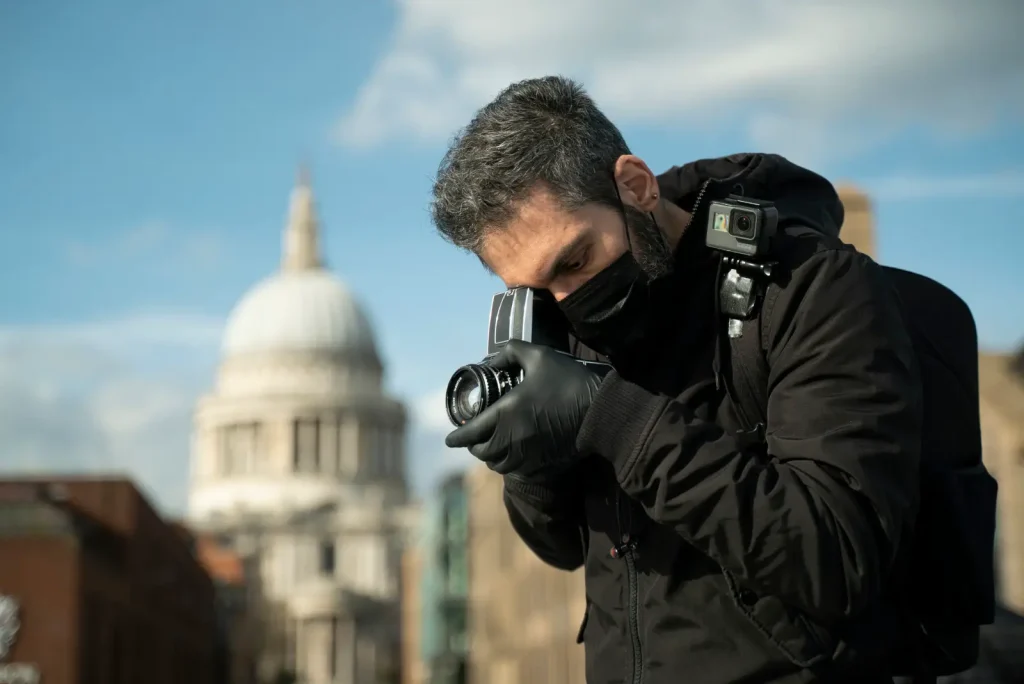
In order to reduce the risk of spreading the virus I was wearing masks and gloves at all times, and choose Jump bikes to move around the city, since they could be picked up and dropped everywhere, allowing me to freely move around different areas of the city. Plus, the fact these bikes are electric meant I could travel long distances without losing too much energy.
The first location was Camden Town, from there I moved to Covent Garden, Leicester Square, ChinaTown and lastly Piccadilly Circus. On the following 19 shooting days I covered many other areas including: Tower Bridge, Tower of London, Bank, Liverpool Street, Kings Cross St. Pancras, St. Paul and the Millennium Bridge, Tate Modern, Old Street, Shoreditch, Blackfriars, Victoria, Buckingham Palace, Soho, Trafalgar Square, Oxford Circus, South Kensington, the Barbican, London Bridge, Borough Market, New Bond St, Embankment, British Museum, the Parliament, Canary Wharf, Somerset House, Tate Britain, Royal Opera House and the Royal Albert Hall, amongst the other.
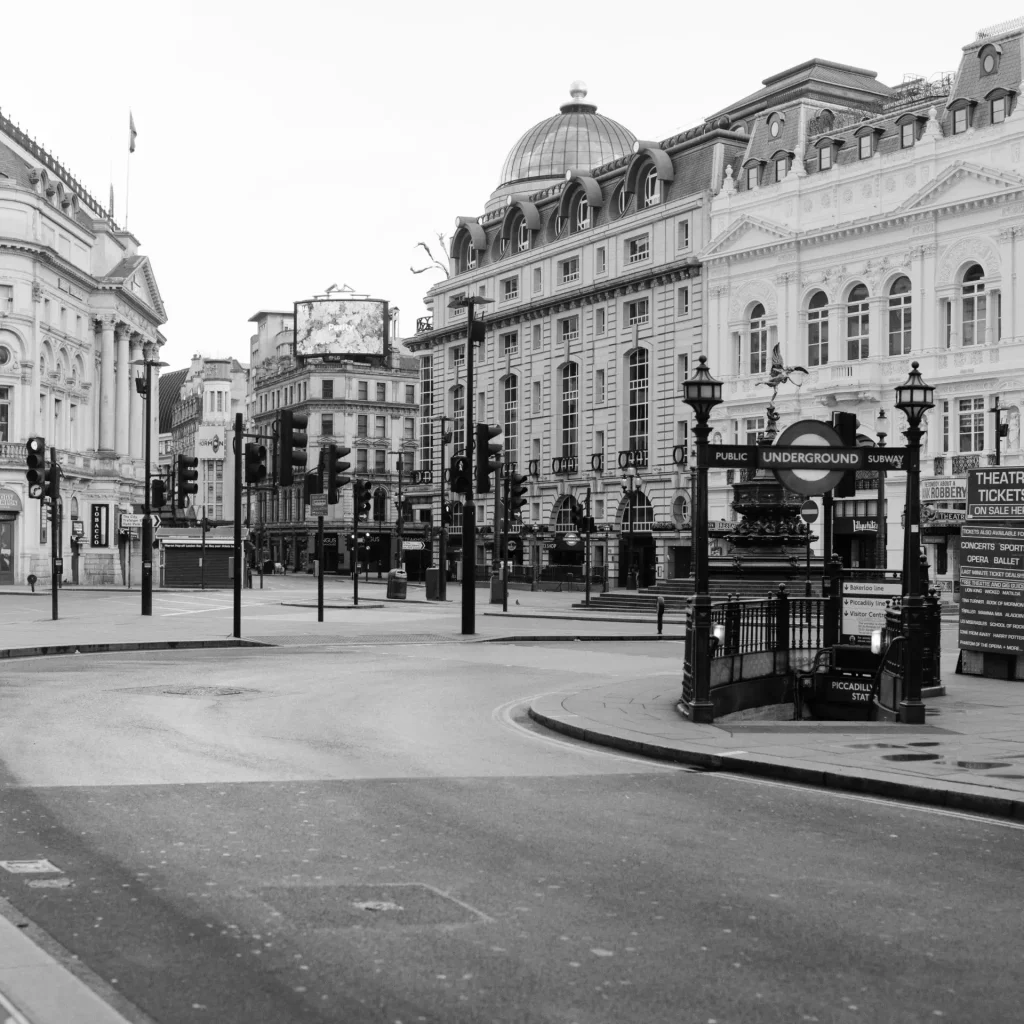
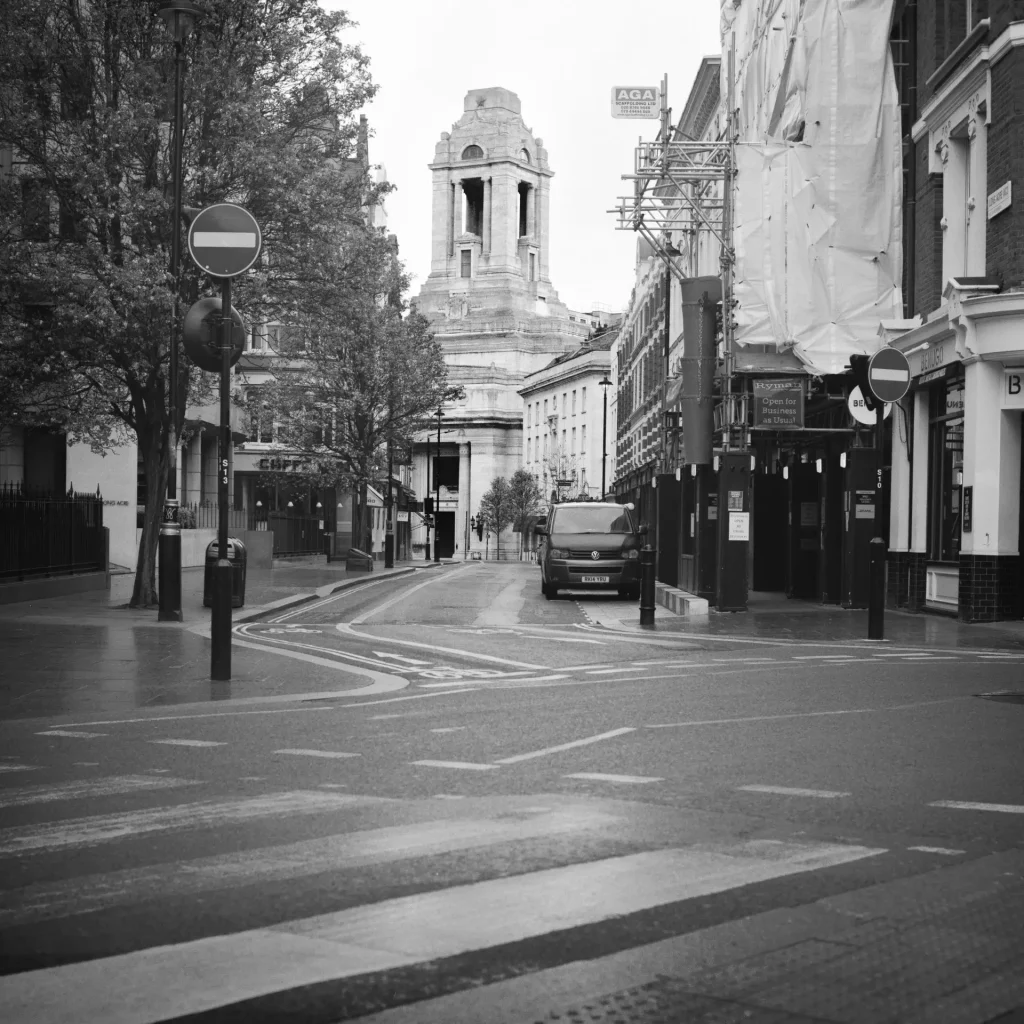 It took me exactly 20 shooting days, from the end of March and the beginning of May, to document all the areas that I have pinpointed on the map at the beginning of this journey. It was quite intense as when I was not shooting I was collecting, scanning and archiving films, and it always felt like time was never enough.
It took me exactly 20 shooting days, from the end of March and the beginning of May, to document all the areas that I have pinpointed on the map at the beginning of this journey. It was quite intense as when I was not shooting I was collecting, scanning and archiving films, and it always felt like time was never enough.
In total, I shot 150 film rolls of empty streets and places, amongst what used to be some of the most busy areas and landmarks in London. The result is possibly the most exhaustive documentation on film of London’s lockdown.
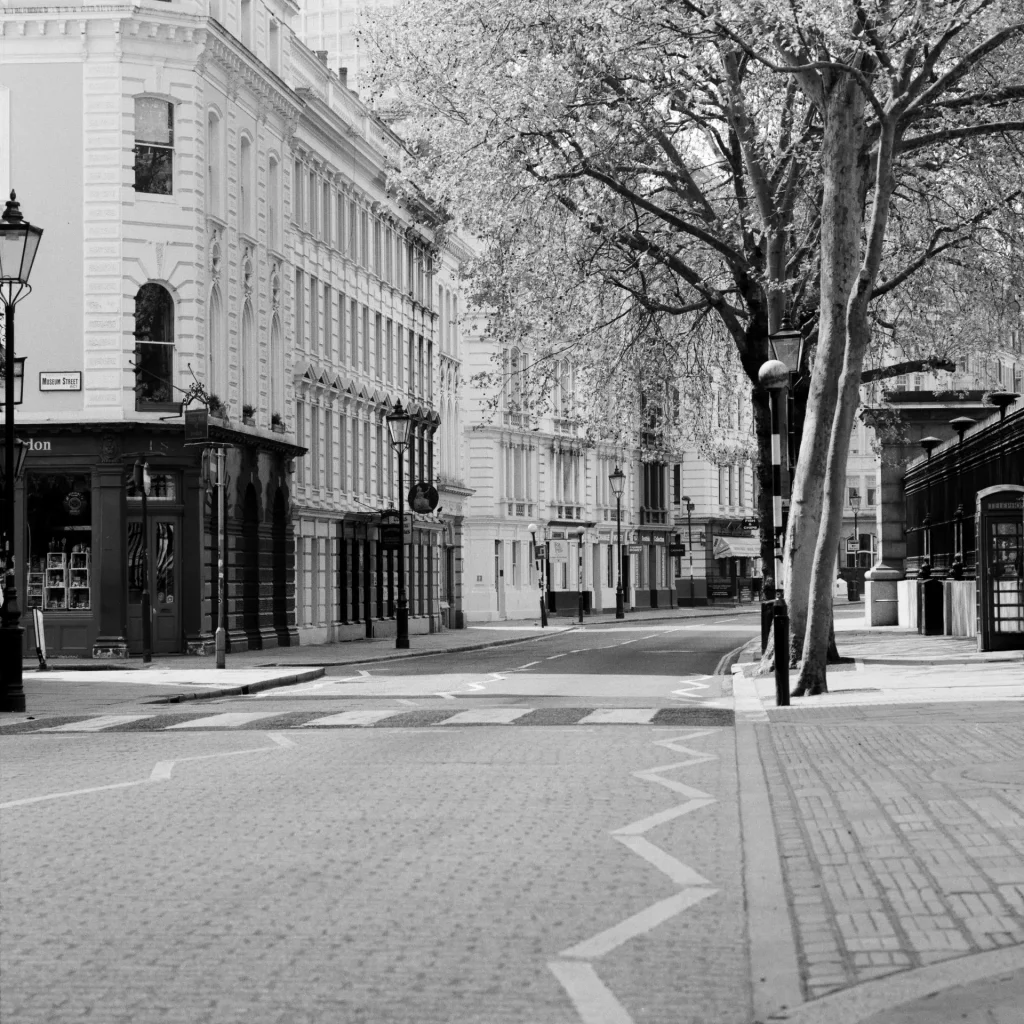
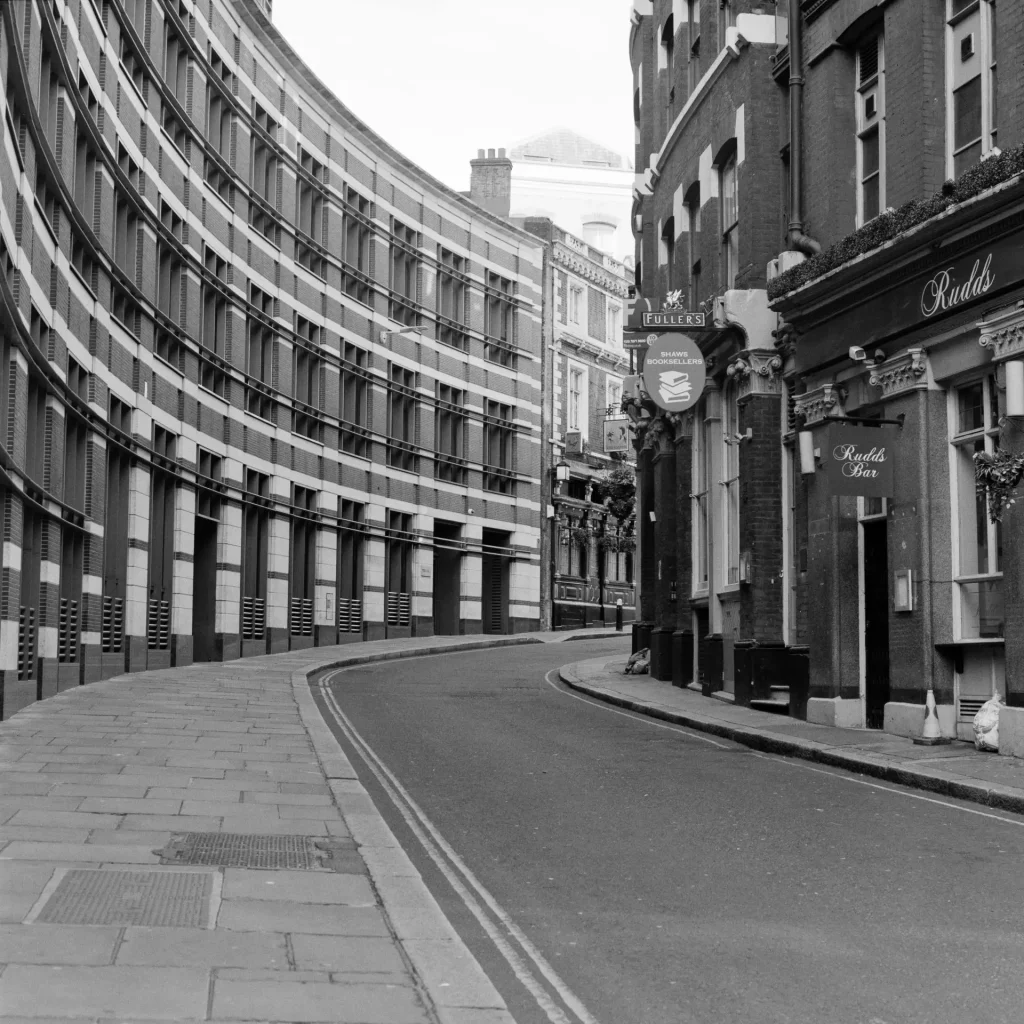
The process wasn’t easy I have to admit. In fact I had to face many issues, both technical and logistical, including an entire batch of 10 rolls compromised by a production issue, an eye infection that kept me sleepless and in pain for a good week — which slowed down my already tight schedule — and without mentioning the huge amount of film rolls that I had to constantly bring for development, collect, scan and archive, in order to ensure I was getting the right shots.
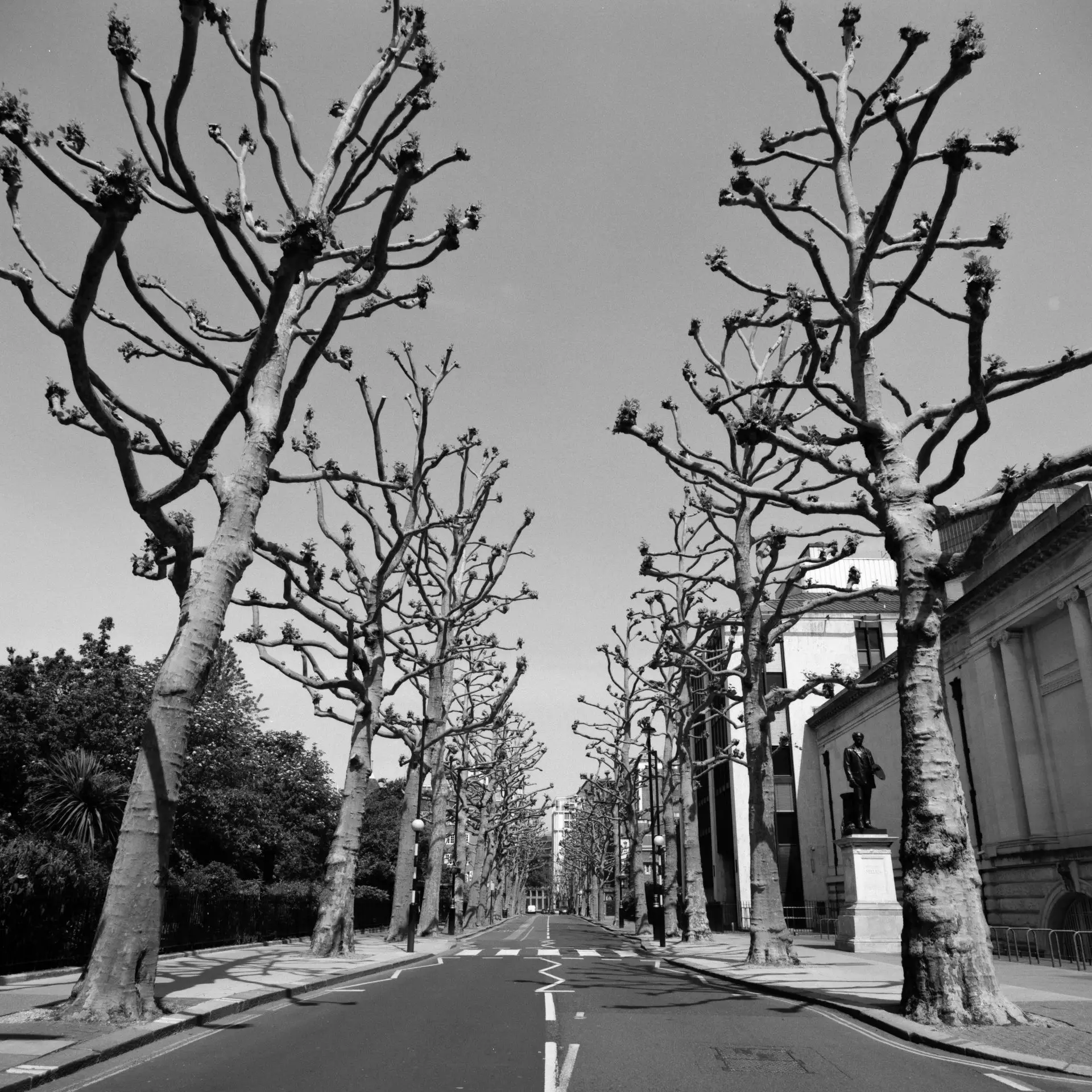
To scan all the film rolls, I have created a system that would hold the films in place over a light panel, placed under a Sony A7R IV with 90mm macro lens. This way I could get high res shots of each negative in raw, therefore properly archiving them.
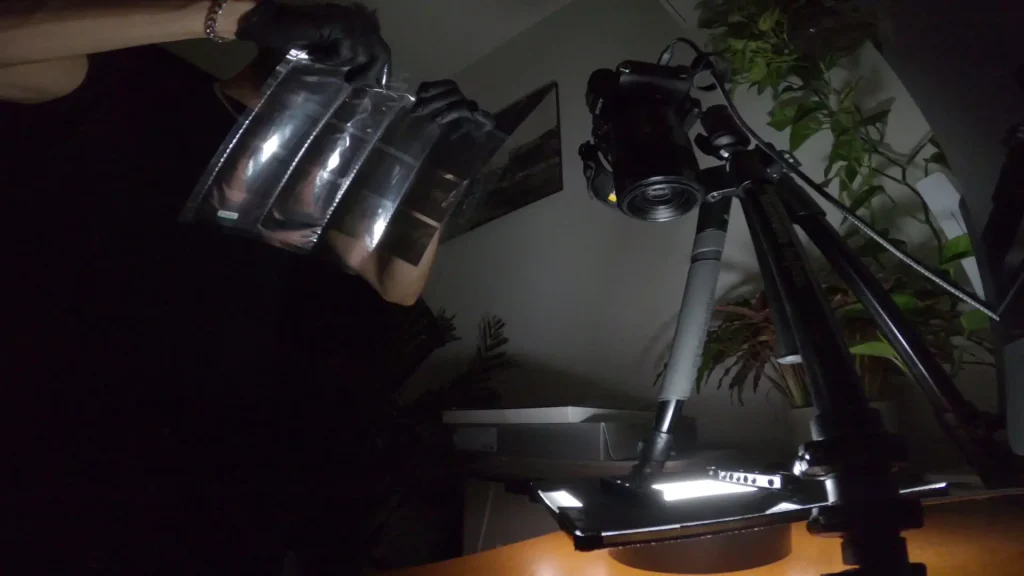
It was a very intense but uniquely beautiful experience, from which I learnt a lot and came out with an archive of extraordinary shots that I am really proud of.
https://www.instagram.com/p/CDLq_GRHRyi
Thanks
Share this post:
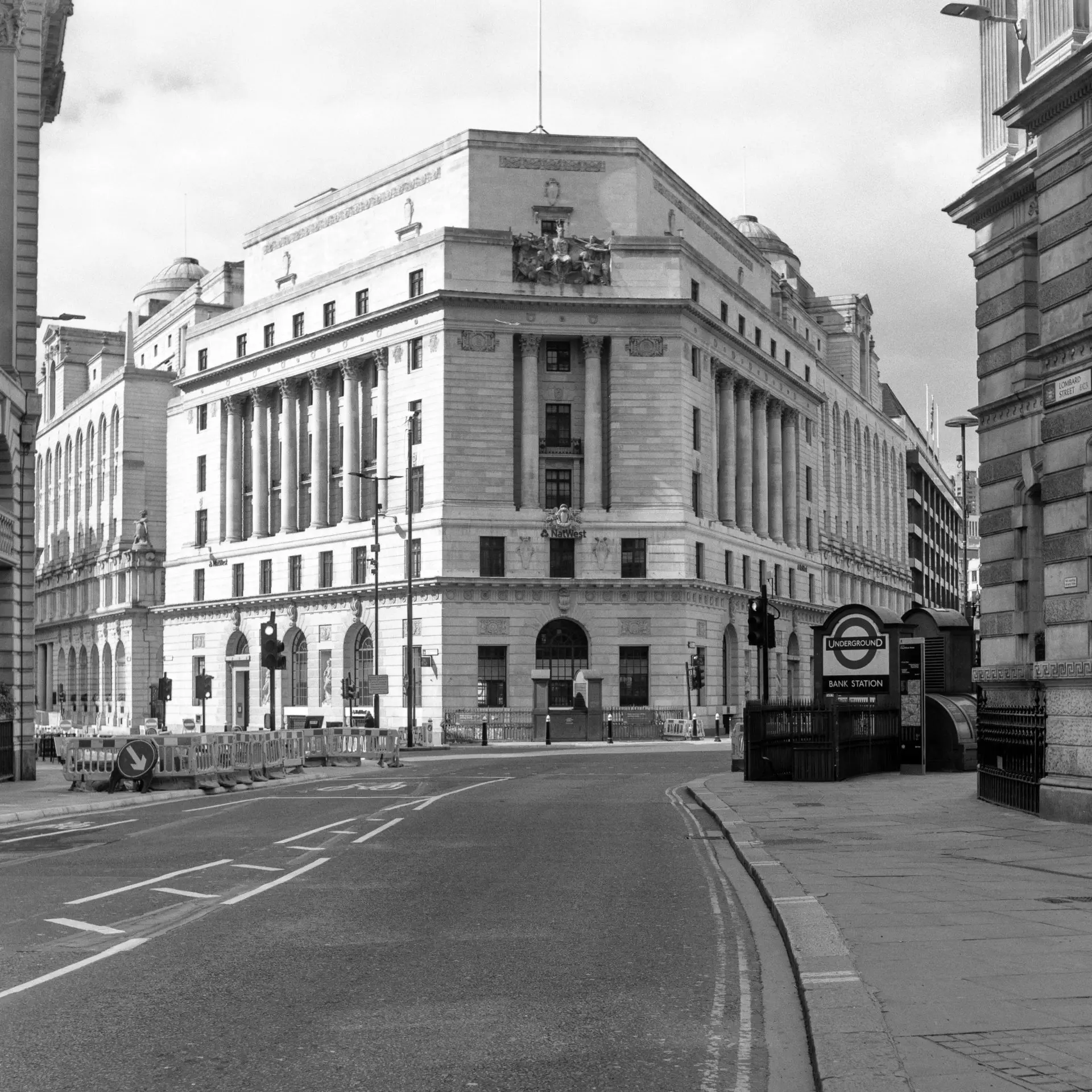








Comments
Steve Phillips on LCKDN20 – Documenting the Abandoned City – By Giacomo Mantovani
Comment posted: 29/07/2020
Comment posted: 29/07/2020
Andrea Bevacqua on LCKDN20 – Documenting the Abandoned City – By Giacomo Mantovani
Comment posted: 29/07/2020
What a work, bravo!
I really like your shots. Nice tones of greys and lovely compositions.
simply love it.
Ciao,
Andrea
Comment posted: 29/07/2020
S. Mukherjee on LCKDN20 – Documenting the Abandoned City – By Giacomo Mantovani
Comment posted: 29/07/2020
Comment posted: 29/07/2020
Chomiq on LCKDN20 – Documenting the Abandoned City – By Giacomo Mantovani
Comment posted: 29/07/2020
Comment posted: 29/07/2020
Comment posted: 29/07/2020
Comment posted: 29/07/2020
Peter on LCKDN20 – Documenting the Abandoned City – By Giacomo Mantovani
Comment posted: 29/07/2020
Comment posted: 29/07/2020
Graham Spinks on LCKDN20 – Documenting the Abandoned City – By Giacomo Mantovani
Comment posted: 29/07/2020
Comment posted: 29/07/2020
Kodachromeguy on LCKDN20 – Documenting the Abandoned City – By Giacomo Mantovani
Comment posted: 30/07/2020
Comment posted: 30/07/2020
Huss on LCKDN20 – Documenting the Abandoned City – By Giacomo Mantovani
Comment posted: 01/08/2020
Comment posted: 01/08/2020
Anon on LCKDN20 – Documenting the Abandoned City – By Giacomo Mantovani
Comment posted: 28/04/2022
As a note to Hamish who I respect, I would be interested in a comment from you on whether this is work you support by sharing it, or whether the points made by Eduardo in his video here are one's you disagree with. I am not sure whether or not this is a good platform for this kind of work, even if it has been made with film.
Comment posted: 28/04/2022
Comment posted: 28/04/2022